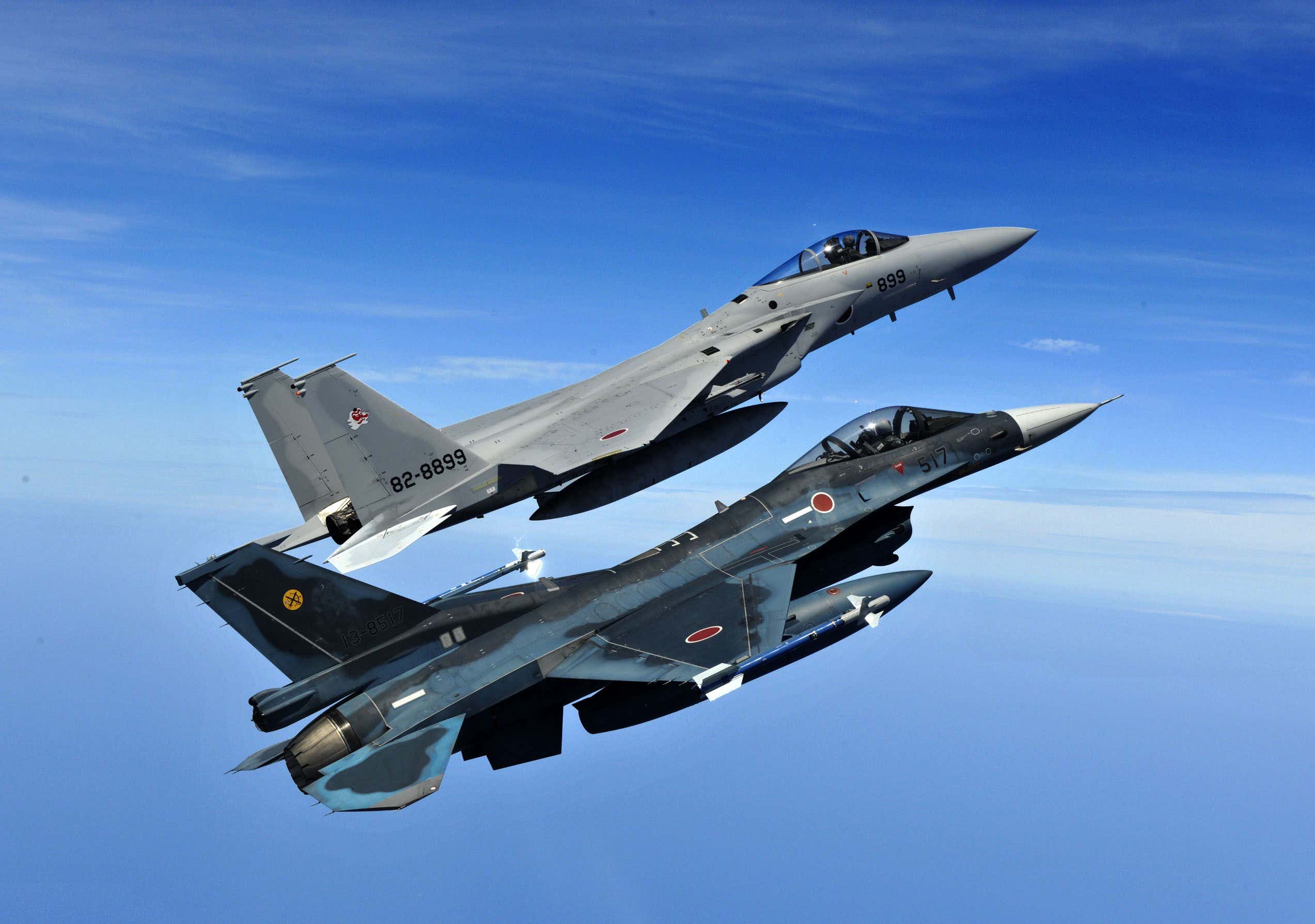To address an increase in the cases of foreign aircraft approaching and, at times entering Japan’s territorial waters and airspace, the Self-Defense Forces of Japan are now considering employing drones instead of manned jets to intercept such foreign aircraft.
According to a report by Nikkei Asia, the SDF will test drones for the first time in exercises to chase warships by the end of this year to evaluate their functioning and performance.
The action is being taken as foreign aircraft flying close to or violating Japanese airspace is rising. China and Russia have intensified their regional joint air campaign recently.
Furthermore, reports of Chinese military drone flights operating near Japanese airspace are becoming more frequent. The Japanese Air Self-Defense Force reported executing 1,004 alert scrambles during the fiscal year 2021.
That figure was the second-highest ever reported in a year, indicating escalating regional tensions. The frequency and cost of these operations have increased as the Chinese military expands its activities close to Japanese airspace. Also, it puts additional strain on SDF troops.

Thus, the employment of Unmanned Aerial Vehicles is viewed in Japan as a “game changer” that would lower risks for SDF personnel. Drones are increasingly being used in military operations around the world.
Chinese drones operate more frequently close to Japan, presumably in preparation for a potential invasion of Taiwan. Since August 2021, Chinese drones have forced the Air Self-Defense Force to scramble jets 12 times.
The Defense Ministry of Japan said that the ASDF scrambles jets when there is a risk of airspace violations determined by a review of flight paths. A senior Japanese Official told The Japan News that PLA-operated drones have been spotted over the East China Sea nearly “every day in recent years.”
The ASDF intercepted a Chinese drone for the first time in September 2013, then did so again in May 2017 and April 2018. However, there were no such instances recorded in 2019 or 2020.
Beijing increased military drills in the summer of 2021 in preparation for a Taiwan contingency. In August 2021, July 2022, and August 2022, a Chinese TB-001 combat drone was spotted over the Miyako strait to the Pacific Ocean.
In January of this year, a WZ-7 reconnaissance drone, which can fly at high altitudes for extended periods, was also reported to have flown across the Pacific Ocean for the first time.
Chinese Drone Activities Bothering Japan
Such drone missions seem to be under the Chinese military’s anti-access, area denial (A2/AD) doctrine, designed for scenarios like the one involving Taiwan.
It is thought that China has performed tests under the presumption that the TB-001 launches missile attacks against American warships and other military targets while the WZ-7 drone follows them.
After a purported Chinese spy balloon was recently sighted over the United States, discussions on handling unmanned aircraft incursions began in Japan.
Shigeki Muto, a retired lieutenant general who served as commander of the Air Defense Command, recently pointed out that following Chinese warships’ incursions into Japanese seas, there is concern that Beijing may routinely violate airspace using drones to exert effective control over the Senkaku Islands.
Chinese military drones have routinely violated Taiwanese airspace since August 2022. It is important to note that using manned aircraft to warn drones is pointless. According to reports, sending drones is 40 times more affordable than scrambling manned aircraft.

The first step is to conduct training on using drones to spot foreign military assets. If effective, the SDF will use drones in swiftly moving aircraft missions. The report noted that the SDF is mulling over whether to purchase the American-made MQ-9 Reaper or Turkish-made Bayraktar TB2.
The objective is to dispatch drones to locate the model and specs of the invading aircraft. The SDF would deploy manned aircraft in response if the threat of an attack were considered significant.
The employment of drones is a crucial strategy under Japan’s three national security documents, updated at the end of 2022. Japan views the employment of drones as an essential element of its strategy to deter China in the region.
- Contact the author at ashishmichel(at)gmail.com
- Follow EurAsian Times on Google News




